Beyond Advertising: How Media Companies are Monetizing Their Content with Reader Revenue Models
In today's digital age, media organizations increasingly rely on reader revenue to sustain their business models. With traditional advertising revenue sources becoming less reliable, more and more media companies are exploring different reader revenue models to generate income. This article will discuss some of the most popular reader revenue models media organisations use.
1. Contributions
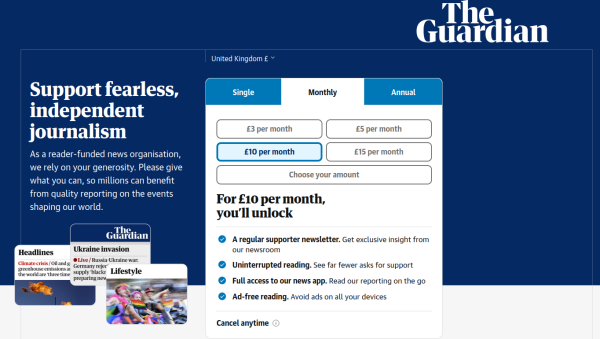
Contributions are one of the simplest forms of reader revenue models. They involve asking readers to contribute some money to support the publication voluntarily. Contributions can be made in various ways, including one-time donations or recurring payments. Many media organizations have set up "tip jars" or donation buttons on their websites to encourage readers to contribute.
Example of Media Organizations Using the Contribution Model
- The Guardian encourages readers to contribute through its "Supporter" program, offering various benefits.
- NPR have a dedicated page for accepting donations.
- Wikipedia uses a voluntary contribution model to fund its operations and keep the platform open to all.
2. Subscriptions
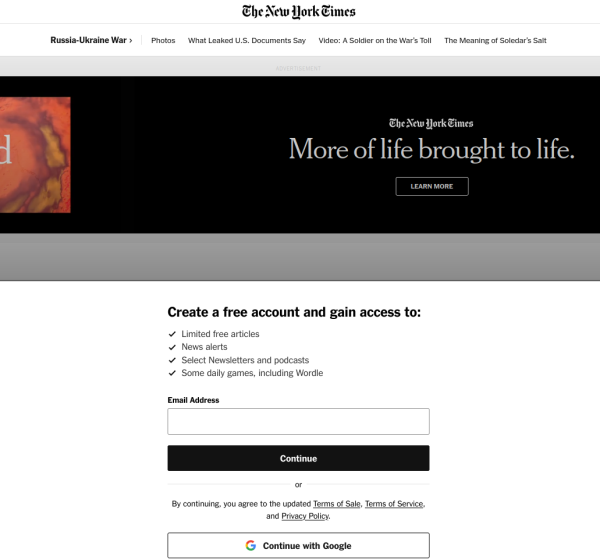
Subscriptions are a popular reader revenue model used by media organizations. There are various ways to implement subscription models, including:
Restricting access by article count
Under this model, readers can access a certain number of articles for free before being prompted to subscribe to read more. The idea is to give readers a taste of the content to entice them to subscribe.
Restricting access to premium content
In this model, readers can access free content, but premium content is only accessible to subscribers. Media organizations often use this approach with a mix of content; some are considered more valuable than others.
Restricting access to all content without a subscription
Under this model, readers must subscribe to access any content on the publication's website. Media organizations with loyal subscriber bases often use this approach and can generate significant revenue from subscriptions.
Example of Media Organizations Using Different Subscription Models
- The popular business magazine Havard Business Review (HBR) gives access to limited free articles per month and needs a paid subscription for unlimited access to the content.
- Economic and Political Weekly have lots of free content, but they request readers to subscribe if they access any special or premium content.
- Financial Times is a famous example of a media portal that allows only subscribers to read their content.
3. Membership
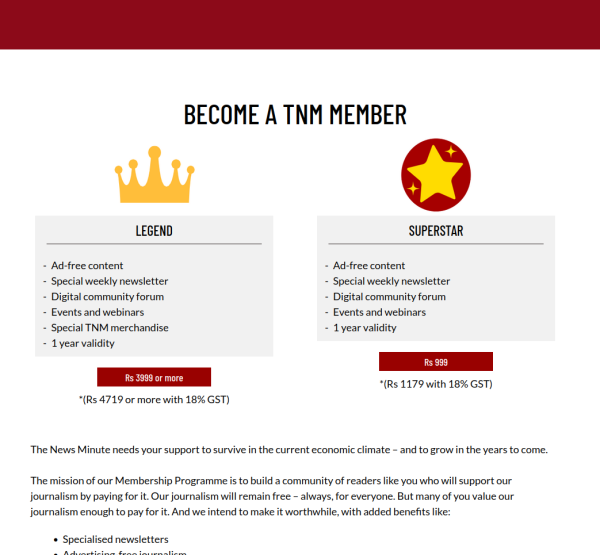
Membership is a reader revenue model that goes beyond just offering content. It involves creating a community around the publication and offering various benefits to members, such as exclusive content, events, and other perks. Media organizations with a solid following often use membership programs to deepen their engagement with their audience.
Example of Media Organizations Using Membership Model
- The News Minute is a popular media organization in India which uses a membership model to generate revenue.
4. Micropayments
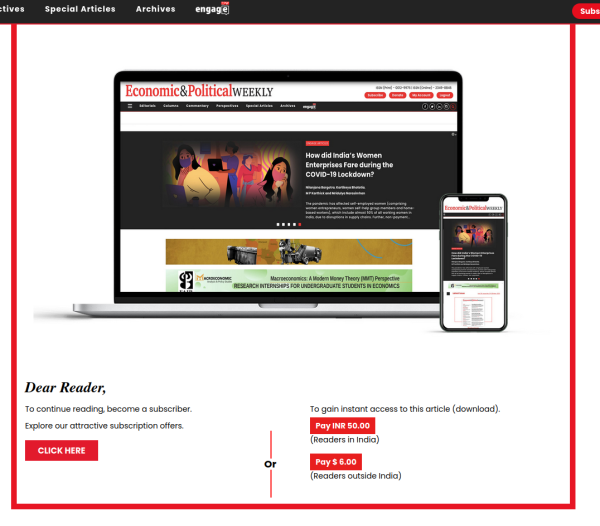
Micropayments are a pricing model in which readers can purchase access to content at the article level. This model benefits readers who only want to read a few articles on a specific topic and do not want to commit to a full subscription.
Example of Media Organizations Using Micropayments
- Economic and Political Weekly offer the user to pay for individual content. Much of their content is freely available, but making few under a paywall, and not forcing the users to buy that specific content helps them generate revenue from those readers, who do not want to get in the subscription commitment.
5. Bundling
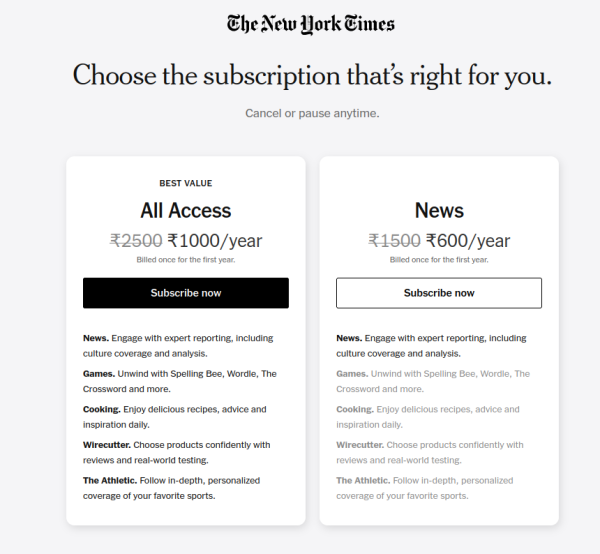
Bundling is a subscription approach where readers can subscribe to a news organization alongside a subscription to another product or service. For example, a media organization may partner with a music streaming service to offer a joint subscription with access to both services. This model can help media organizations reach new audiences and generate additional revenue.
Example of Media Organizations Using Bundling
- The New York Times is on top of reader-based revenue generation; they are always at the forefront of experimenting with different models. With the NYTimes subscription, they are also giving a lot of other access.
6. Crowdfunding
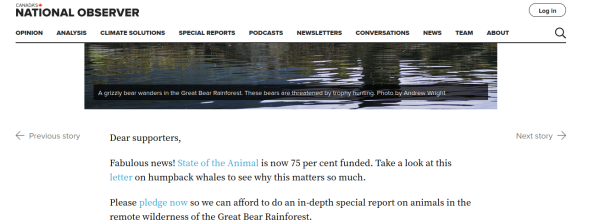
Crowdfunding involves asking readers to contribute to a specific project or initiative. For example, a media organization may launch a crowdfunding campaign to fund an investigative report or a multimedia project. Crowdfunding can be a great way to engage readers and generate revenue for specific projects.
Media Organizations Uses Crowdfunding
- The National Observer has published many in-depth reports by creating crowdfunding campaigns on Kickstarter.
Conclusion
There are many reader revenue models available to media organizations. The key is finding the best model for your audience and your publication. By exploring different revenue models, media organizations can generate income and build a sustainable business model for the future.



